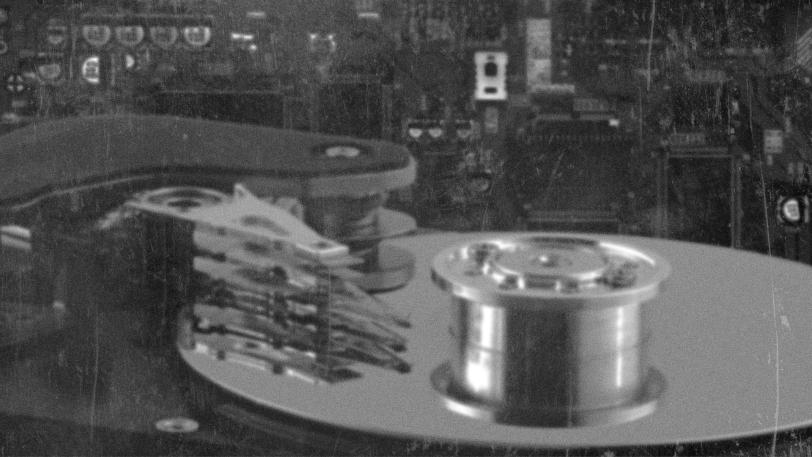Movies allow us to experience and understand worlds we may never be able to visit. During this presentation Bill Schlotter will explain how to make movies of magnetic storage bits, which reside in our laptops and internet data centers and contain the world of information. Since these nanoscale bits switch from 0 to 1 and back again in millionths of a nanosecond, recording their activity requires the fastest movies ever made. We make these movies with ultrashort pulses of X-rays generated by the world's first hard X-ray laser at SLAC. Understanding what happens in magnetic storage devices becomes increasingly urgent as our appetite for smaller, faster mobile devices pushes the physics of data storage to its limits. Beyond magnetism, these movie-making capabilities will help us visit other important ultrafast scientific processes, such as solar energy conversion and chemical reactions.
